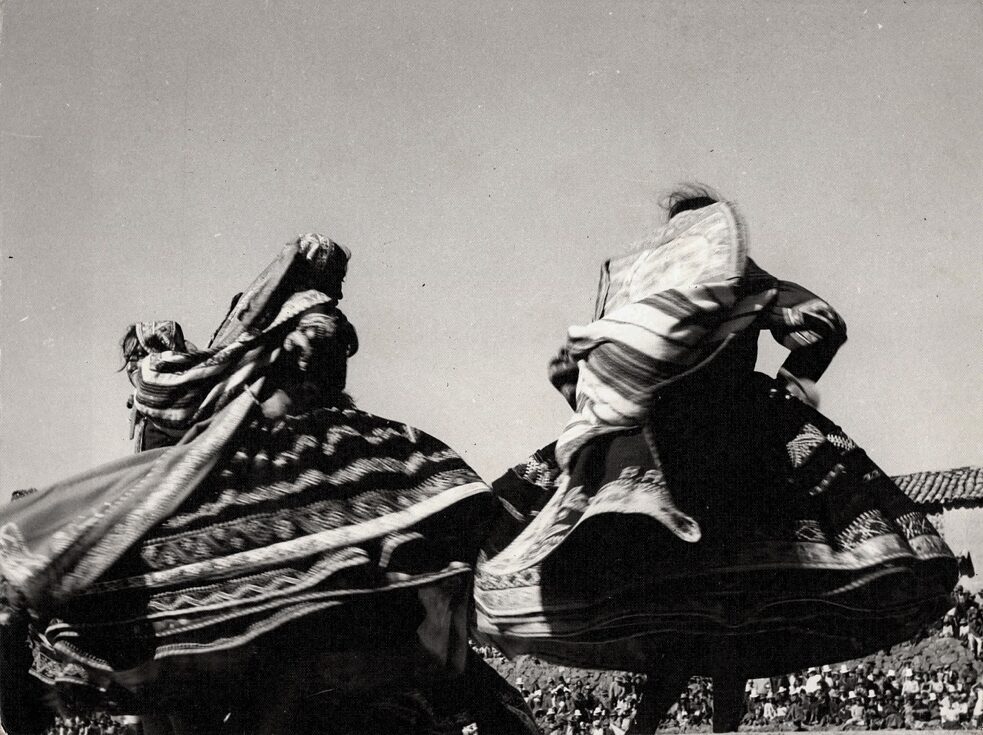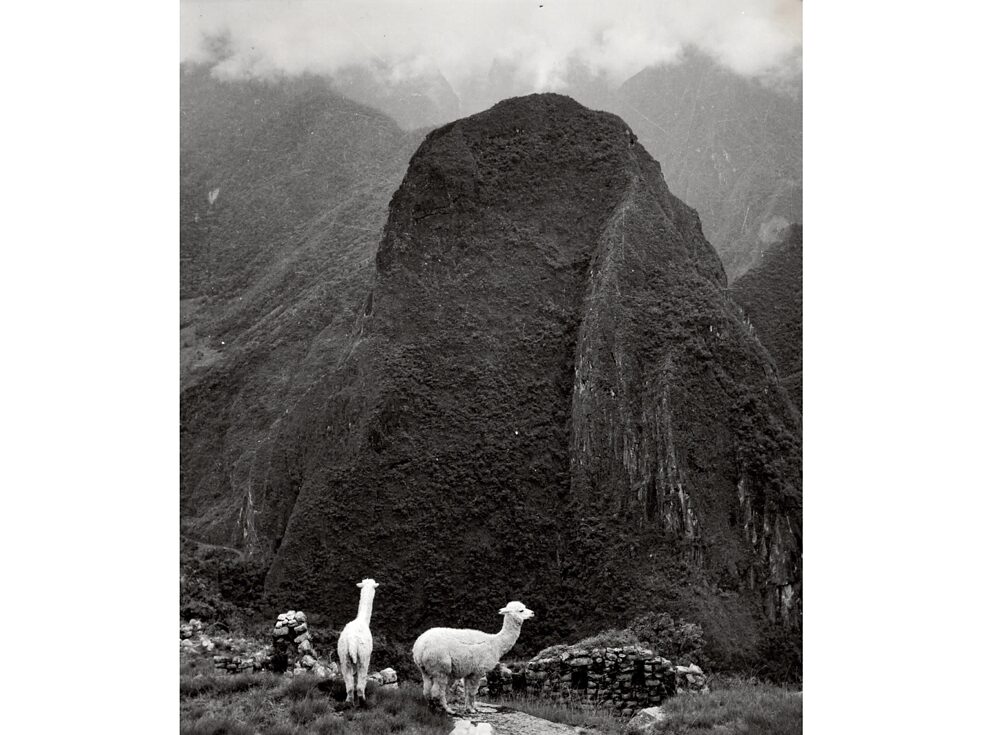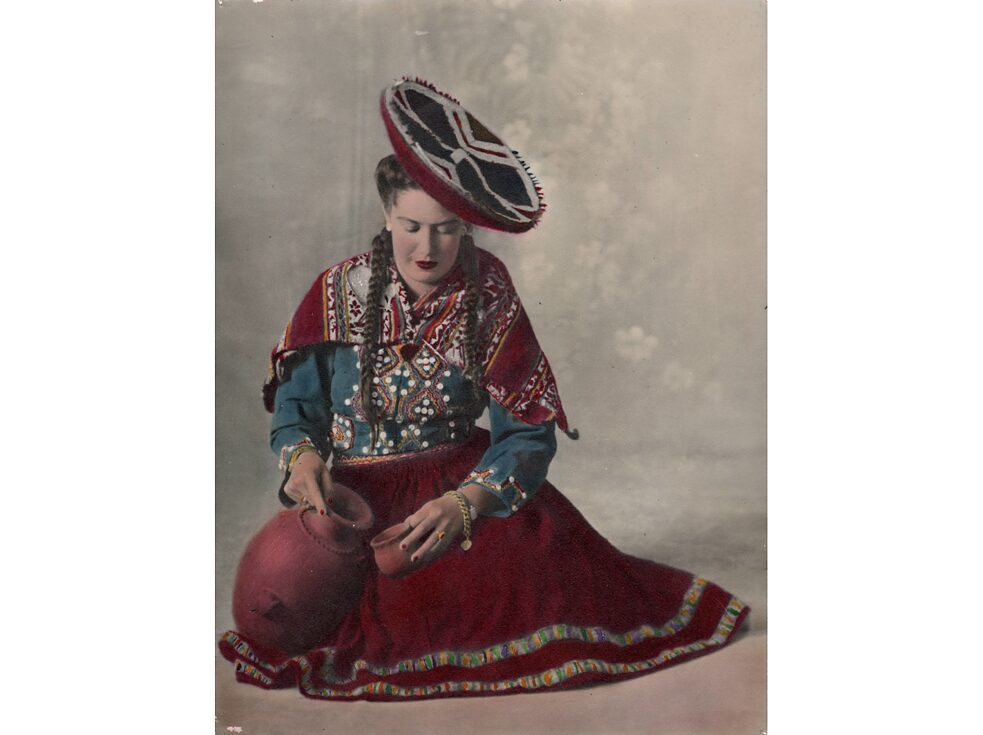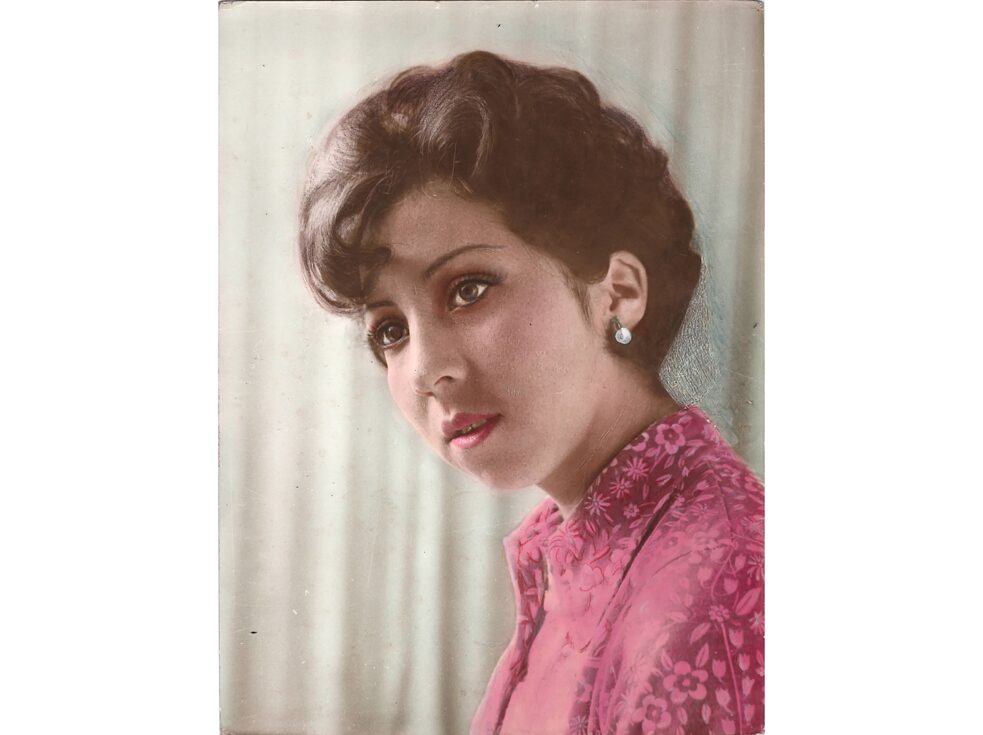The Enduring Legacy
This project aims to develop an exhibition about Julia Chambi, the first Peruvian photographer of Quechua indigenous descent. The exhibition will take place in the city of Cusco, Peru.
Julia was born in 1919, the daughter of Martín Chambi, one of the first indigenous photographers in Latin America. Julia began her photographic activity at a very young age, working in her father's studio. She also worked for several local media and institutions, while building up her own photographic portfolio. Julia developed her photographic production for 63 years (1940-2003), mainly in the city of Cusco and southern Peru, but also in Chile, Bolivia and Argentina. Her work is a comprehensive documentation of Quechua cultural traditions, archaeological spaces, Quechua indigenous communities, religious celebrations and social events in the region. Julia was not only a multidisciplinary visual artist, but also a cultural and political manager who actively participated in the promotion of the arts, especially in the south of Peru. In this way, she played an important role in the promotion of artistic expression in Cusco, a role that even led her to the position of Cultural Councillor of the Municipality of Cusco.
The exhibition on Julia Chambi aims to highlight her photographic production, based on an exhaustive research of her personal archive. It will be bilingual, with texts in Spanish and audios in Quechua, and will be complemented by a series of collaborative community photography workshops for young people from the region. It will also include the publication of a catalog of the photographs on display, as well as a series of critical essays written by Latin American scholars on Julia's collection and the role of women in Peruvian and Latin American photography.
This project is developed by the researcher Claudia Holgado Chacón, great-niece of Julia Chambi and the Argentine researcher and curator Julieta Pestarino, specialized in Latin American photography, in collaboration with Paripé Books.
Julia was born in 1919, the daughter of Martín Chambi, one of the first indigenous photographers in Latin America. Julia began her photographic activity at a very young age, working in her father's studio. She also worked for several local media and institutions, while building up her own photographic portfolio. Julia developed her photographic production for 63 years (1940-2003), mainly in the city of Cusco and southern Peru, but also in Chile, Bolivia and Argentina. Her work is a comprehensive documentation of Quechua cultural traditions, archaeological spaces, Quechua indigenous communities, religious celebrations and social events in the region. Julia was not only a multidisciplinary visual artist, but also a cultural and political manager who actively participated in the promotion of the arts, especially in the south of Peru. In this way, she played an important role in the promotion of artistic expression in Cusco, a role that even led her to the position of Cultural Councillor of the Municipality of Cusco.
-
Self-portrait at Chinchero (ca. 1950s) -
Tinta’s Dancers (ca. 1950s) -
Phutuq K’usi Mountain (ca. 1970s) -
No title (ca. 1950s-1960s) -
Portrait of a woman (ca. 1950s)
This project is developed by the researcher Claudia Holgado Chacón, great-niece of Julia Chambi and the Argentine researcher and curator Julieta Pestarino, specialized in Latin American photography, in collaboration with Paripé Books.




